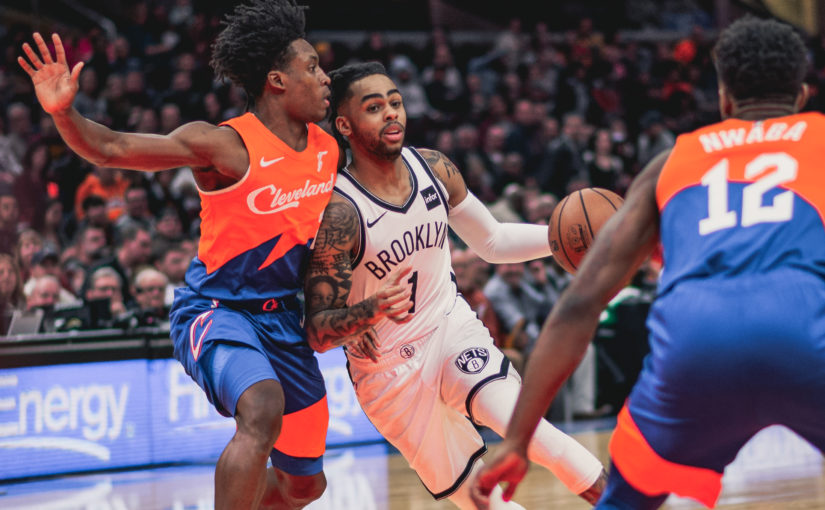Jul 28, 2020Q&A with Nets Medical Director on Sports Medicine
In a recent Q&A with Sports Illustrated, Dr. Riley J. Williams III, Brooklyn Nets & New York Red Bulls medical director, shared some of his thoughts on a wide range of topics in the world of sports medicine.
The article, which was published on SI.com by Ben Pickman, covered everything from his approach to treating professional athletes and the average Joe, injury prevention measures, and utilizing telecommunication healthcare amid the COVID-19 pandemic.

Below is an excerpt from Williams Q&A with Sports Illustrated.
Sports Illustrated: In terms of resources, what has it been like these past few months turning to telehealth communication?
Riley Williams: It’s a two-fold answer and it made me realize that this is a little bit of a black swan moment. The COVID-19 break left a lot of my patients without access to rehab. So again, crafting scenarios wherein they could get advice and monitoring via telehealth that was new. Listen, it wasn’t ideal, but it worked out. For me personally, it really made me realize that a good history and just some visual inspection of patients, along with imaging, really for what we do is fairly thorough. I mean I continued to do surgeries through the break and a few of them I did having never met the patient except when we met at the hospital for surgery for some emergent things. I think there’s just going to be a willingness to engage more remotely, just because, the imaging is really outstanding today in 2020. I’ve been in practice for 22 years. I mean, I can typically hone things down to a couple of possible diagnoses, two, maybe three just by listening to you.
Fast forward, now that I’ve got two teams in the bubble, our plan is to do a Zoom call and basically a remote-based training room encounter with the athletic trainers in the bubble and the PT staff and with the athletes. And I’ll be honest with you, it all feels quite natural. We’ve been re-acculturated and re-focused over these past three months to now accept these remote health encounters much more than we were back in March.
SI: What are you especially mindful of as the Red Bulls take part in their tournament and the Nets are nearing the start of their seeding games?
RW: We seem to learn a lot more every week I’d say just from a pure safety standpoint. I’m fairly confident in the plan, which basically features social distancing and mask-wearing off-court and off-pitch and 24/7 mask-wearing by all ancillary staff. Then, the only real exposures are during play. It doesn’t eliminate risks, but, in both circumstances, I think it satisfactorily ameliorates risk to a point where I can look a player in the face and say, “Hey, you know, as long as you’re healthy and you got no predisposing conditions that you should be fine.”
The reality is that the bulk of the athletes are of an age group that is typically not severely affected by COVID. So I think again from a player safety standpoint, we’re good. It’s really if these are really the asymptomatic carriers, it’s really family members, older family members at home that they could potentially affect in an open situation, which is then basically handled by keeping them in a bubble.
The NBA and MLS again, kudos to them. They are very data-driven and it’s a minute-to-minute assessment of what’s happening on the ground. Day-to-day, I get memos from both leagues, pretty much once, sometimes, twice a day with regards to how they’re handling, what they’re observing. We’re learning, and I think that the experience here will help to frame what we’re able to do with sports down the line, collegiate and high school as well.
» ALSO SEE: Many Youth Football Helmets Don’t Fit Properly, Study Says
SI: In terms of particular injuries, are you especially mindful of possible soft tissue injuries right now like you might be at the start of a training camp?
RW: I mean I wouldn’t frame what we’re doing now as quite the same as a fresh start. But obviously, someone quarantining in Brooklyn apartment is different than someone quarantining at a large house in Los Angeles. You’re always worried about soft tissue injuries at a training camp, muscle strains, ankle sprains, hamstring, quad. But I know for a fact that both my teams were very active on an individualized basis, kind of working with players based on their available resources to create some opportunity to try to maintain some fitness.
To read the full Q&A with Dr. Williams from SI.com, click here.



